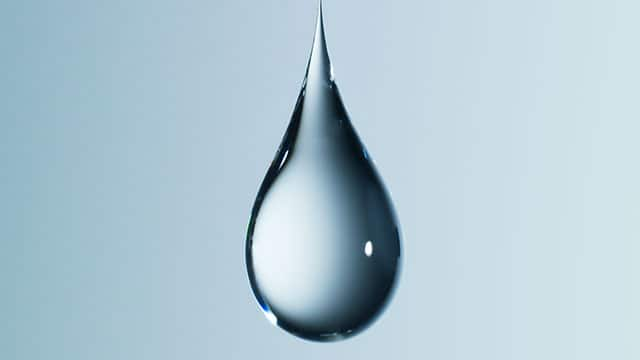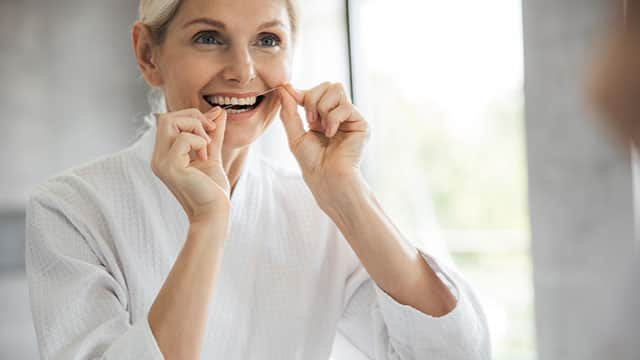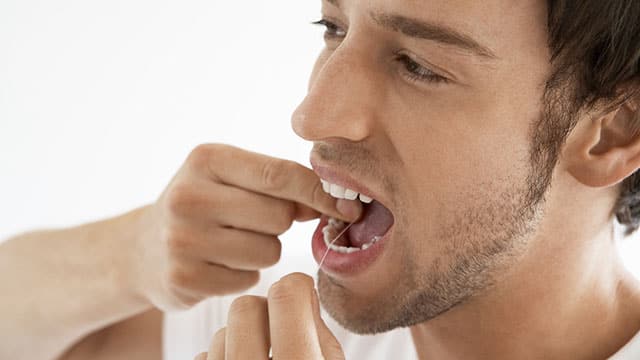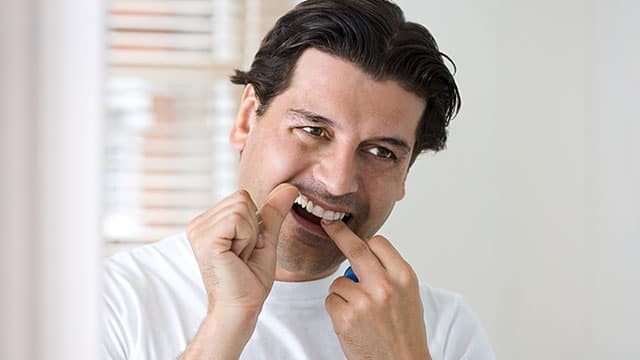The Benefits to Conserving Water
Conserving water is not only beneficial for the planet but also your finances. Reducing your water use helps put it back into your community and the environment, hence, lowering your water bill. If you’re on a well rather than municipal water, it helps preserve the water table. So, why not add a small yet impactful environmental action into your daily brushing routine?
Here are five (easy) ways how you can save water while brushing your teeth.
Water Conservation Tips:
1. Run Water Only When Rinsing: What’s the simplest thing you can do? Turn the water off while you brush your teeth! If you leave the water running, you can end up using as much as four gallons each time you clean your teeth, the EPA reports. Brush twice a day, and you’d go through eight gallons a day, over 200 gallons every month, and over 2,400 gallons a year. Just use the faucet water to dampen your toothbrush (or don’t dampen at all), then turn it back on when you rinse. Take that small action, and you’ve cleaned your teeth and helped the environment!
2. Use a (Reusable) Cup: If you’re someone who uses your hands as a cup to drink from the faucet, you’re potentially putting yourself and your water supply at risk. Your hands may have germs which you could be ingesting, and running water spilling over your hands can go to waste. An easy fix is to use a reusable cup; you’ll often find you won’t even need to use all the water in the cup.
3. Use It All: Sometimes, when we brush our teeth, we’re wasting water that we don’t even think about—for instance, when you run the water to reach a warm or cold temperature. One water conservation tip is to capture that water and use it in a dog bowl, put it in your planters, or store it in the refrigerator to drink water when it’s cold. While it may seem excessive, all that water adds up, so it’s worth it to form a new habit!
4. Check for Leaks: Brushing your teeth is a great time to check your sink to see if the faucet or piping underneath lets water escape when it runs. The EPA reports that household leaks can waste nearly 900 billion gallons of water nationwide—so just a few drips a day out of a leaky faucet can add up to hundreds of gallons wasted every year. If you notice drips after you’ve turned the tap off, you should have the faucet repaired.
5. Renew Your Plumbing: Ultimately, it’s a good idea to replace your home’s old faucets with newer, more water-friendly faucet heads. According to the non-profit Plumbing Manufacturers International, more modern faucets are WaterSense certified and meet water-efficiency and performance criteria established by the EPA, so look out for that label if you are considering a new faucet.
To learn more about the importance of water conservation, visit Colgate’s Save Water program, Every Drop Counts. While you’re there, take the Save Water pledge and help save almost 3,000 gallons of water every year just by altering your brushing routine.
We all have habits that we seldom question, like leaving the sink water running while we brush. By making a simple adjustment and turning it off, you’re taking a meaningful step to conserve water for your home, community, and future. Now that’s something to smile about.
This article is intended to promote understanding of and knowledge about general oral health topics. It is not intended to be a substitute for professional advice, diagnosis or treatment. Always seek the advice of your dentist or other qualified healthcare provider with any questions you may have regarding a medical condition or treatment.
ORAL HEALTH QUIZ
What's behind your smile?
Take our Oral Health assessment to get the most from your oral care routine
ORAL HEALTH QUIZ
What's behind your smile?
Take our Oral Health assessment to get the most from your oral care routine















